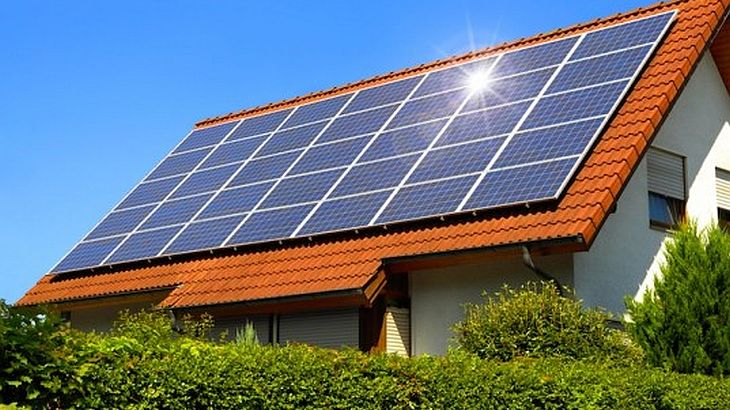The traditional model of energy distribution via large, centralized grids is changing as smaller private networks powered primarily by renewables come online, writes The Guardian.
For the last century, the power created by large power generators (hydro, nuclear, coal and gas) has been brought to consumers via a grid comprised of transmission lines and cables with varying voltages. The system was like a waterfall – with electricity flowing in just one direction, from lines of very high voltage to lines of progressively lower voltages.
This is now rapidly changing. There are now a range of smaller units such as cogeneration plants, which deliver heat and electricity, and renewable energy sources such as windmills and photovoltaic panels. These smaller units are owned by a whole raft of municipalities, households and businesses.
While large power plants were instructed to deliver the exact amount of electricity needed to match real-time consumption, these smaller units generate electricity either as a by-product or in accordance to weather conditions (solar and wind). The role of larger power plants is being reduced as these smaller units come online.
Millions of small generation units in Europe
Today, millions of smaller units are generating electricity all over Europe. Just how far this decentralization of power generation will go is unknown but we can assume that this revolution will go on. This new context is not only changing the business model of power generation, but transmission and distribution grid companies see their investments and grid operation significantly impacted.
Where should investments be made? Should the focus be in more high-voltage transmission grids (the highways of electricity transmission), more local (lower voltage) distribution grids, or in making the grid smarter? Or maybe priority should be placed on higher efficiency appliances, demand side management, or everything all at the same time?
These questions are being asked in both the boardrooms of power grid businesses in Europe, and the regulatory authorities overseeing the investments of these companies. Today, this consists of 41 companies that have a regulated mandate to own and/or operate the high voltage transmission grids, and more than 2,300 that have a mandate to own and/or operate the more local distribution grid.
These power grid companies have been un-bundled from the vertically integrated utilities that took care of the whole electricity value chain. So what is their future strategy now that they can set an independent course?
A new business model
Some are already questioning the sustainability of their business due to a major technological development: the micro grid. These private grids, which can serve just a few houses or neighborhoods, allow consumers and companies to disconnect partly or completely from the existing grid infrastructure.
Micro grids are becoming reality thanks to a number of developments like local generation and improved storage capacity in batteries, electric cars, or heat. The more renewable energy sources are connected to local grids, the more storage becomes key. And at the same time, better storage could mean less dependence on being connected to the public grid.
That would cause upheaval both in terms of grid operation and tariff structure. Power grid companies are indeed obliged to offer a universal service to all customers, and often at a universal price, with limited possibilities to tailor their offering.
If some customers go off grid and no longer use the central network (or only use it as a back-up service), the total cost of the grid has to be paid by a smaller number of customers. As costs go up, more customers will be tempted to leave the grid, making it even more costly for those that stay connected all year long. In some geographical areas, like California, this situation is already happening.
What does the future hold?
Although there is no doubt that central and distributed generation will co-exist in the future, nobody knows what the balance and outcome will be. This means a major uncertainty for an industry characterized with assets having a lifetime of between 25 and 50 years.
We will have to wait and see how the existing power grid companies react to this new development and what their role will be in the future. After all, private grids also need an owner and someone to manage them. Companies such as UK Power Networks have understood this by entering into the private networks of some of the busiest airports in Britain.
And in some countries like Germany, there is a long tradition of local companies taking care of electricity and gas networks, telecoms, waste and water. We are witnessing a revival of locally integrated network companies partly motivated by smart city initiatives supported by local governments. Only time will tell what is the best way for the current players to deal with this new business model.
